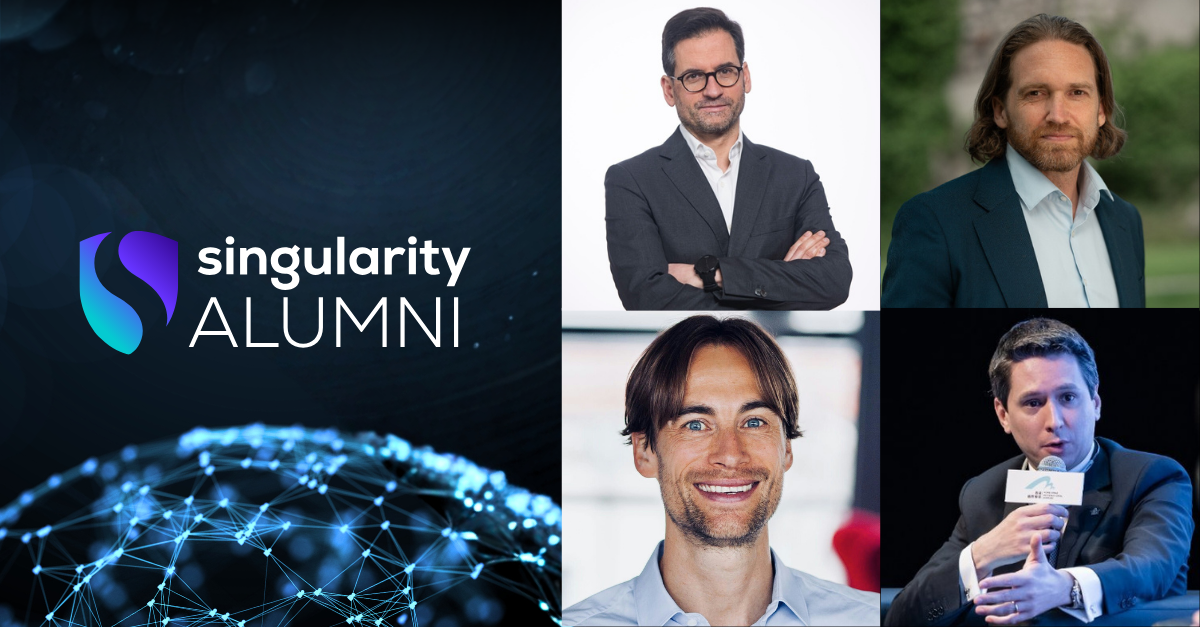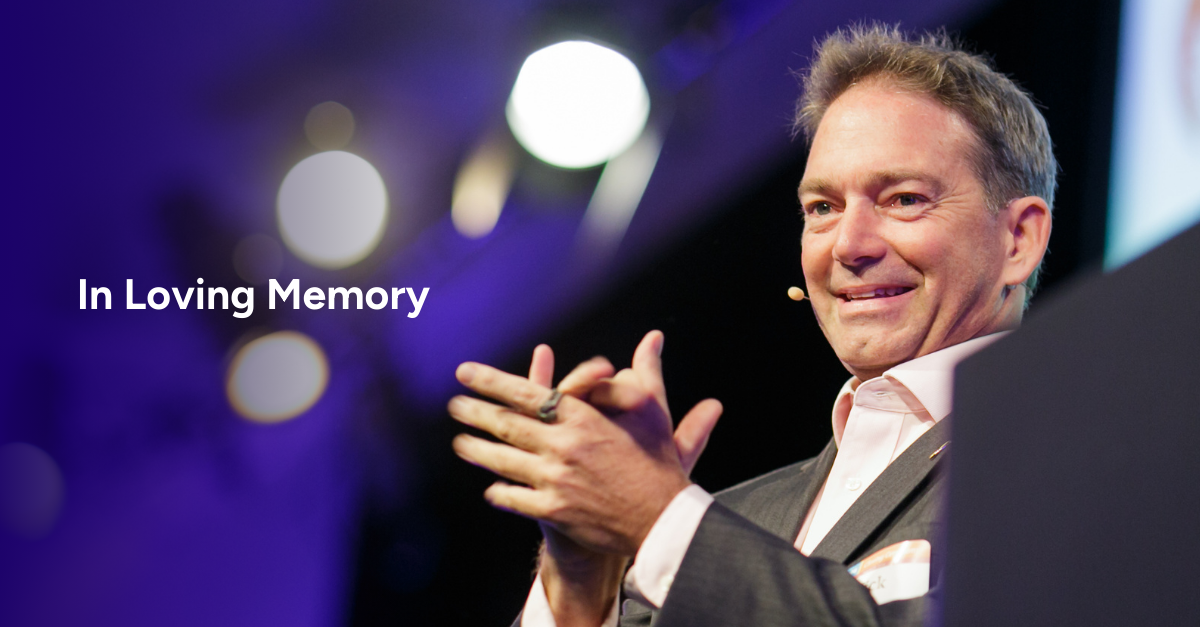How to Change Your Mindset for Exponential Growth


And can changing your mindset help you change the future? These may seem like grandiose visions, but there’s evidence all around us. Some of today’s largest and most innovative brands—those that are famous for bringing game-changing products and solutions to market—have indeed changed the world for billions of people. In just a few years, organizations like Slack, Amazon, Netflix, and Uber have driven dramatic changes in the way we work, shop, entertain ourselves, and get around—and there’s more accelerating change ahead. These industry-changing companies represent various business models, but all are built on exponential mindsets enabling experimentation, continuous improvement, and growth. At a fundamental level, mindsets are simply the stories we tell ourselves about the world. Our individual stories are very powerful because they are personal and we believe them. Author David Korten has written that when we change our stories, we can change our futures. Korten suggests that the stories that we tell ourselves are subconsciously developed and reinforced in our habits. He adds that changing a story often is hard for individuals, harder for companies, and nearly impossible for the global systems we operate in. So, in this era of rapidly accelerating change, how do leaders in large organizations drive transformation?
How exponential leaders inspire change
Harnessing the power of exponential technologies is an important part of driving transformation and future growth. Though these technologies certainly are responsible for much of the creative innovation and reinvention that’s sweeping every industry, technology alone provides a fleeting advantage. The same technologies available to your organization are available to all, and they are becoming more powerful, accessible, and affordable all the time. To become what we at SU call an exponential enterprise that’s capable of shifting focus from making 10% improvements to achieving 10x future outcomes and growth, having the right organizational mindset and culture is critical. The chart below from author and SU Faculty member Mark Bonchek provides a great visual representation of why both incremental and exponential thinking styles are necessary.

Incremental thinking remains important to produce consistent “run the business” improvements, while exponential thinking is needed to realize the potential of 10x future growth. But most organizations become impatient while waiting for future outcomes, and the ones that ultimately succeed possess unrelenting focus and determination.
Incremental vs. exponential mindsets
In her landmark book, Mindset: The New Psychology of Success, Stanford psychology professor Carol Dweck popularized the idea of two mindsets: One is fixed, where intelligence and abilities stay about the same. The other is a growth mindset in which intelligence and capabilities can be developed to enable personal growth and increased performance. At SU, we aim to apply the concept of mindset at a much larger scale, to help all individuals responsible for future growth better understand, anticipate, and thrive in an uncertain future. We typically think in terms of shared mindsets that are consistent throughout our programs, Faculty network, and global community of change agents—so they will be consistent with our partner organizations.
“The illiterate of the 21st Century will not be those who cannot read and write, but those who cannot learn, unlearn, and relearn.” — Alvin Toffler, author and futurist
So as leaders, how can we change the story to change the future for ourselves and our organizations? We believe that to change the story, we must first change our mindsets. As leaders, we must infuse the story with an empowering mindset to capture the value of today’s world and break free from habits that hold us back. Here are three steps to create a lasting mindset shift:
1. Acknowledge the gap: Incremental thinking is necessary to develop short-term, reliable outcomes, while exponential thinking is required to deliver results that accelerate over time, according to Bonchek. Therefore, both are necessary for ongoing success. But we must not confuse incremental progress indicators like quarterly sales of current core products with exponential outcomes like a 10x increase in your customer base or revenue growth.
2. Commit to unlearning: As noted, it is a challenge for enterprise organizations to stop incremental thinking from becoming a barrier to learning and building new business models. Leaders can help their organizations by “unlearning” the incremental-only thinking habits of traditional business models and raising consciousness about the real innovation that is possible with exponential thinking.
3. Practice the new model over and over: Like any habit, unlearning requires practice and repetition. To foster a shared exponential mindset that enables 10x outcomes, individuals and their organizations must first unlearn outdated business models and embrace the uncertainty of planning for growth targets that might be 10, 20, or 30 years out—and continue the cycle of learning, unlearning, and relearning.
Here are some examples of the mindset shifts that must occur within organizations to enable the development of new skills and tools—and provide the foundation for a culture of exponential growth and impact:

Your turn: Build the right culture for future growth
Some of the world’s most valuable brands, like Alphabet, Amazon, Microsoft, and Samsung have built their dynasties on foundations of forward-thinking cultures. These organizations have created ecosystems that encourage creativity, experimentation, and growth—while driving enormous revenues and attracting top talent.
“Culture matters for reasons good and bad. First, it is the place to discover advantage, opportunity, and innovation.” ― Grant McCracken
None of these organizations achieved their remarkable growth by thinking small. We define exponential leaders as those who have developed specific attributes—including technologist, humanitarian, innovator, and futurist—to transform their organizations. Here are some questions exponential leaders might ask as they develop the capabilities of a future-ready organization:
- Where are the biggest friction points in your organization?
- What role do your mental models play in how you execute?
- Have you attempted to reconcile differences by evaluating these mental models?
- What individual and organizational practices are preventing breakthrough opportunities?
- How are you measuring exponential opportunities?
- Do you regularly practice unlearning as a leader and as a team?
Thanks to exponential technologies and global trends, the paths ahead of us are far different than the ones we’ve already traveled. Where we go from here is largely a product of our own thinking, the communities we form, and the culture we create to support them. If you’re looking for a partner and global innovation ecosystem to help you make the shift required to transform your own organization, start a conversation with us!


